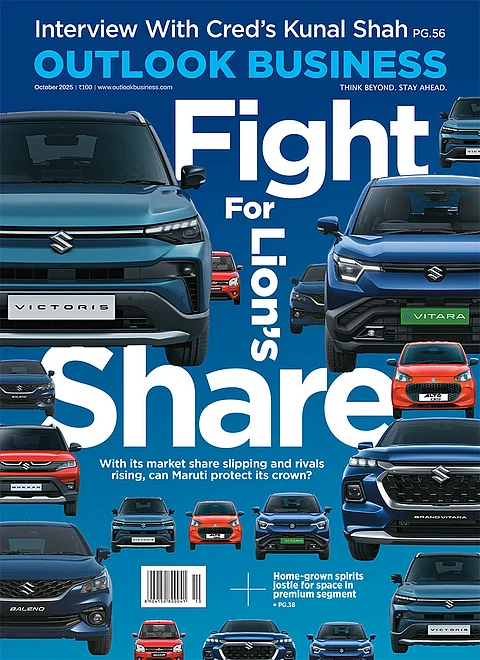When Dr Reddy’s was granted 180-day exclusivity for fluoxetine, the generic version of anti-depressant Prozac nearly two decades ago in 2001, it was a turning point for the Indian pharma industry. It put India firmly on the map as a serious contender in the generics game. After seeing the windfall profit that the six-month marketing exclusivity generated, Indian companies tasted blood and each of them started to build a pipeline of exclusive launches and generic drugs, and the US became the largest export market for Indian companies.
Analysts started to value the potential pipeline instead of one-time cash flows. What’s more, they wasted no time in extrapolating the success Indian companies had with reverse engineering to new drug discovery capabilities. There was unbridled optimism — only, scenarios are far easier to plot on an Excel sheet than they are in real life. While we are still waiting for that blockbuster drug, Indian pharma companies did set the cash registers ringing as demand for cheap generics drugs grew in the US.
It was a dream run, but it came to an end a couple of years ago. Increasing competition and regulatory clampdown led to delay in product launches, turning generics into a commodity business. That took the wind out of the sails of Indian companies, which were accustomed to hefty profit margins and fancy valuations for quite some time.
To make up for the shrinking generics business, Indian companies have been investing in complex and specialty generics. But the efforts are yet to see tangible results. As for the market, it has been a case of once bitten, twice shy, and investors are now waiting for these companies to deliver before they start courting them again. Will the bet on specialty generics pay off for Indian pharma, or is it a case of too little, too late? Read our cover story for more.
Transition is never easy, but the trick lies in spotting the turn early. While Indian pharma is looking to get back on track, mid-tier IT companies have effectively used digital transformation to score more than a couple of wins in their David-versus-Goliath fight against Tier-I players. Find out how leadership and organisational changes have helped a few of them build a strong deal pipeline and grow faster than the industry.












 Just one email a week
Just one email a week